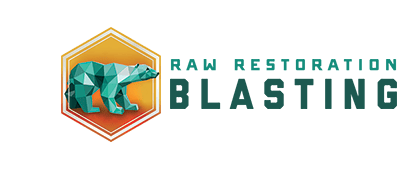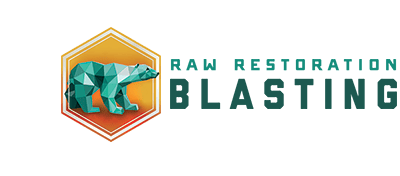Wisconsin's classic cars and trucks tell stories of lake drives and winter hauls, but keeping them sharp means tackling grime, rust, and old coatings without wrecking the charm. Enter automotive dry ice blasting in Wisconsin—a cleaning method that's quiet but powerful, stripping away years of buildup in hours, not days. At Raw Restoration Blasting, techs use this tool daily to bring vehicles back to life, preserving details that sandblasting or chemicals might erase. As Badger State shops embrace it, more owners discover a gentler path to showroom quality. This overview explains the process and its rising appeal here.
The Basics of Dry Ice Blasting for Autos
Dry ice blasting swaps harsh abrasives for frozen CO2 pellets, shot out at high speed with compressed air. These tiny bits—about the size of rice—hit surfaces like rust or grease, then vaporize on contact, leaving no mess behind. It's like a deep clean with an eraser that disappears, ideal for engines, undercarriages, and interiors where water could cause slips.
Unlike traditional methods, it skips secondary waste; the pellets turn straight to gas, so no gritty residue clogs drains or scratches paint. Shops started adapting it from industrial uses, like factory degreasing, to auto work in the early 2000s. Today, it's a staple for detailers who want precision without the elbow grease.
How the Process Transforms Your Ride
Picture prepping a '70s Chevy for repainting: Blasters gear up with hoses and masks, then aim short bursts at targeted spots. The kinetic energy knocks off contaminants, while the cold shock—down to -109°F—makes stubborn gunk brittle and easy to flake away. For a full underbody job, it takes about two hours, uncovering frame lines lost to decades of road salt.
On delicate parts like wire harnesses or classic dashboards, low pressure keeps things safe—no pitting or warping. Post-blast, the surface is ready for primers or waxes right away, cutting turnaround times. Owners walk away with vehicles that look factory-fresh, minus the downtime of oven-baking or chemical soaks.
Standout Benefits That Save Time and Trouble
This method shines in efficiency and eco-friendliness. It zaps oil, tar, and carbon without solvents that harm the air or your lungs—perfect for enclosed bays. No moisture means zero rust risk during the job, a big plus when humidity swings hit. Costs add up slower, too; one session often replaces multiple chemical treatments, and it extends the part's life by avoiding over-cleaning.
For restoration pros, it's a game-changer: It peels back layers gently, revealing original patina on vintage rides without stripping character. Feedback from users shows 30% faster prep for bodywork, letting shops handle more clients without skimping on quality.
Wisconsin's Perfect Storm for Adoption
Our state's salty roads and freeze-thaw cycles chew up undercarriages faster than most places, breeding rust that traditional tools struggle with. Shops in Milwaukee and Madison report ditching soda blasting for dry ice after seeing cleaner results on fleet trucks exposed to brine. The green angle appeals too—Wisconsin's push for sustainable practices means fewer hazardous wastes headed to landfills.
Local events like EAA AirVenture draw restorers who spread the word, and with rising classic car clubs, demand spikes. Smaller outfits adopt it to stand out, offering mobile services for barns or garages. It's not everywhere yet, but as word spreads through forums and trade shows, expect more garages to stock blasters by next spring.
How Raw Restoration Blasting Transforms Classic Vehicles
Automotive dry ice blasting in Wisconsin isn't a fad; it's a smart shift toward cleaner, quicker care that honors our love for the drive. Raw Restoration Blasting invites you to see the difference—drop a line or stop by. Your wheels deserve that crisp, contaminant-free edge.




